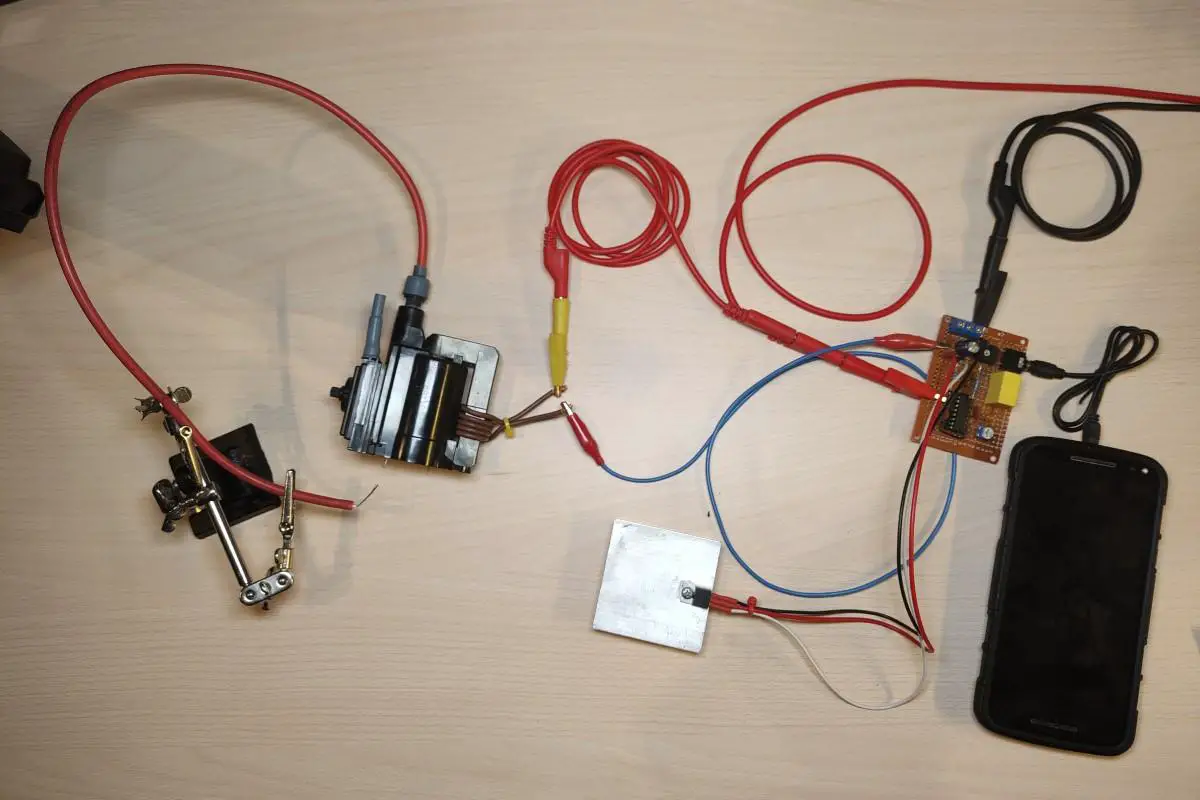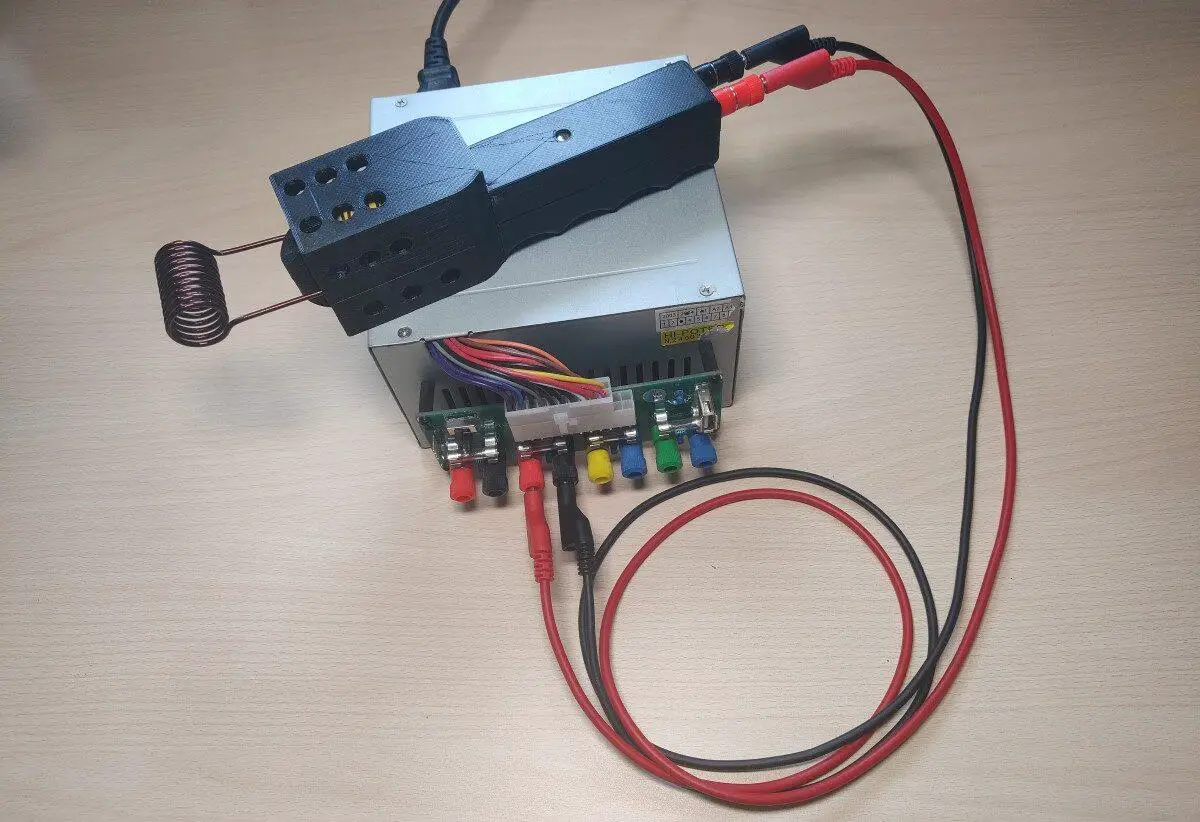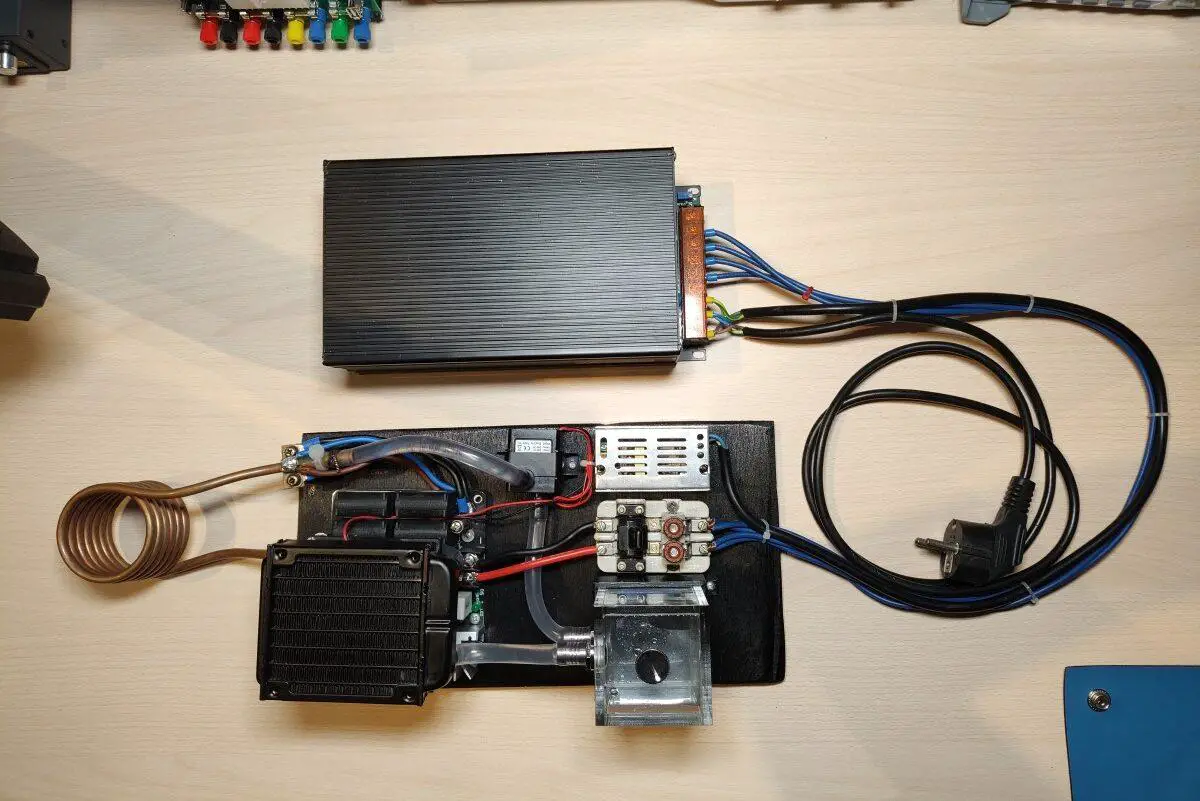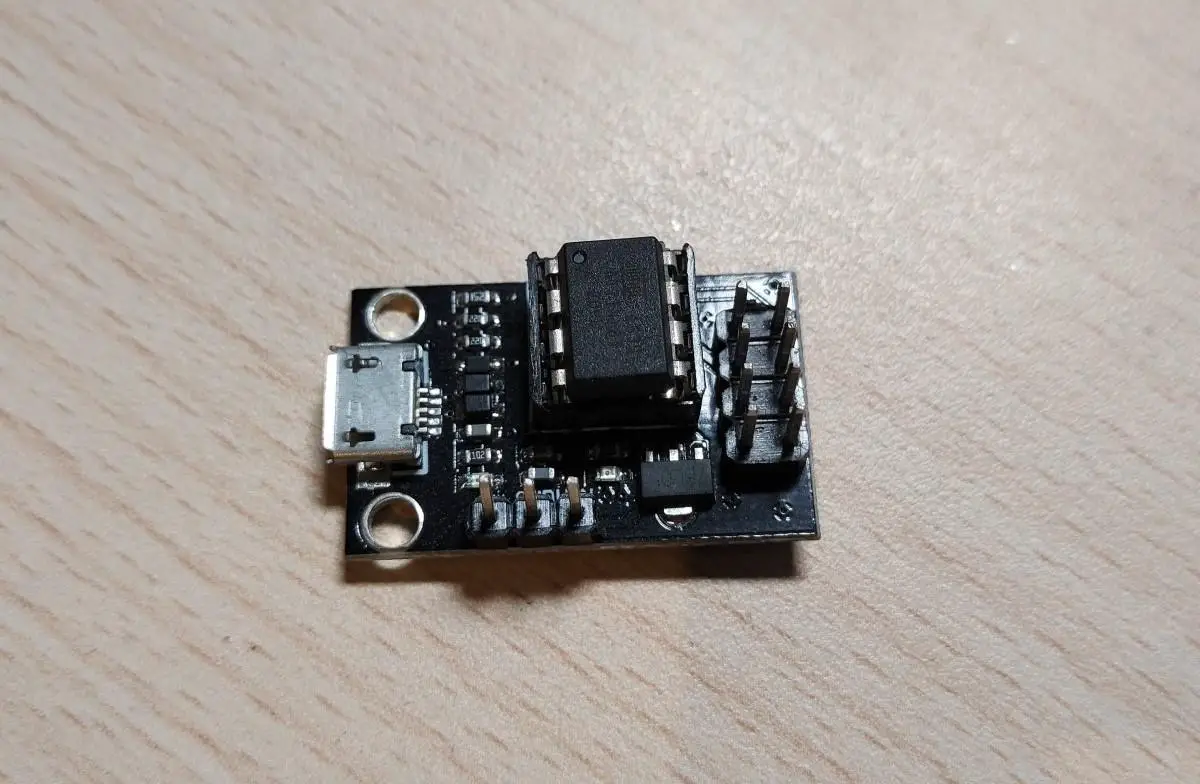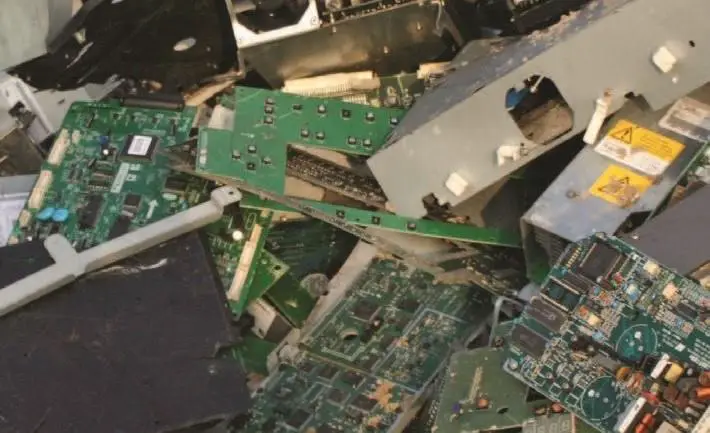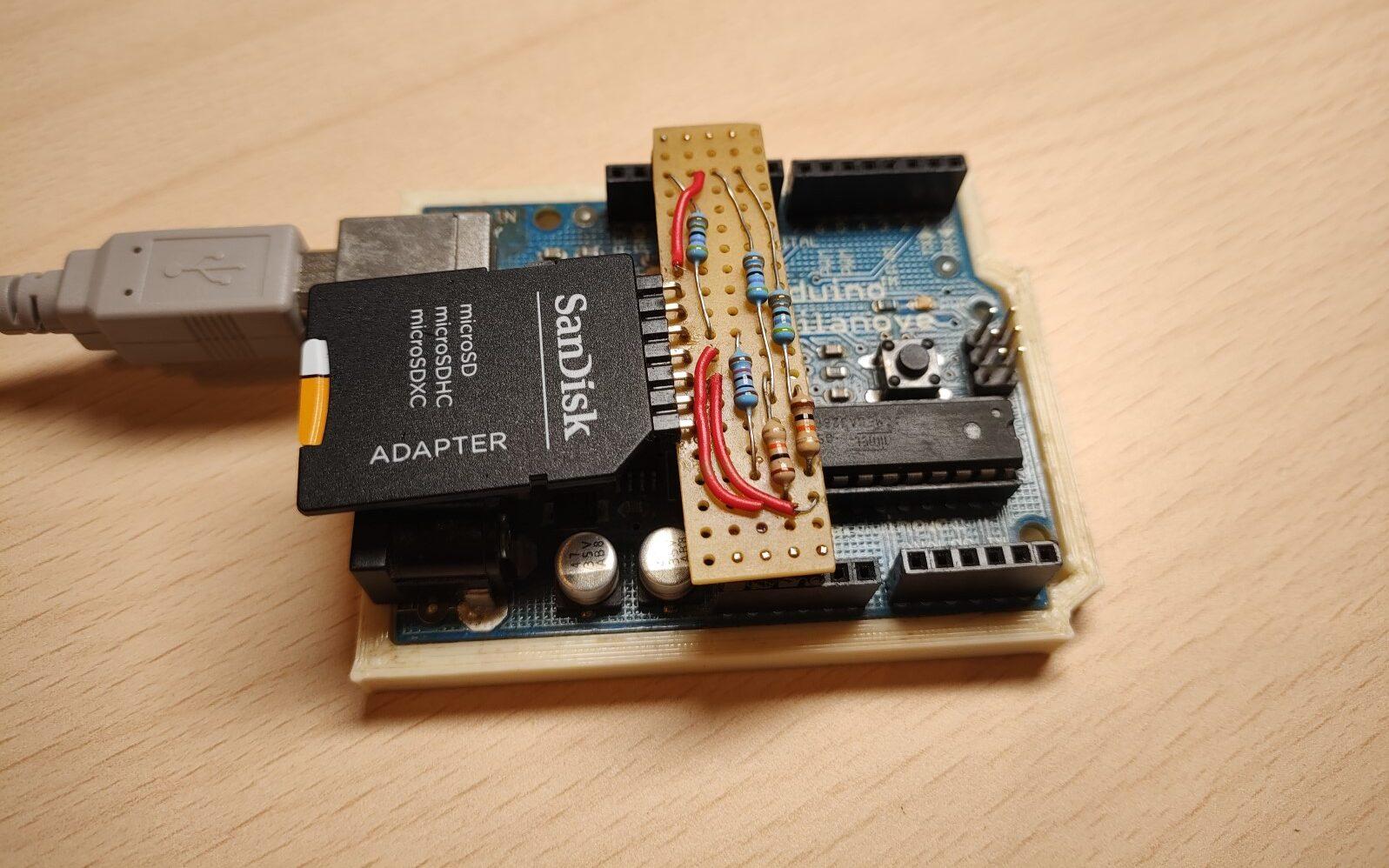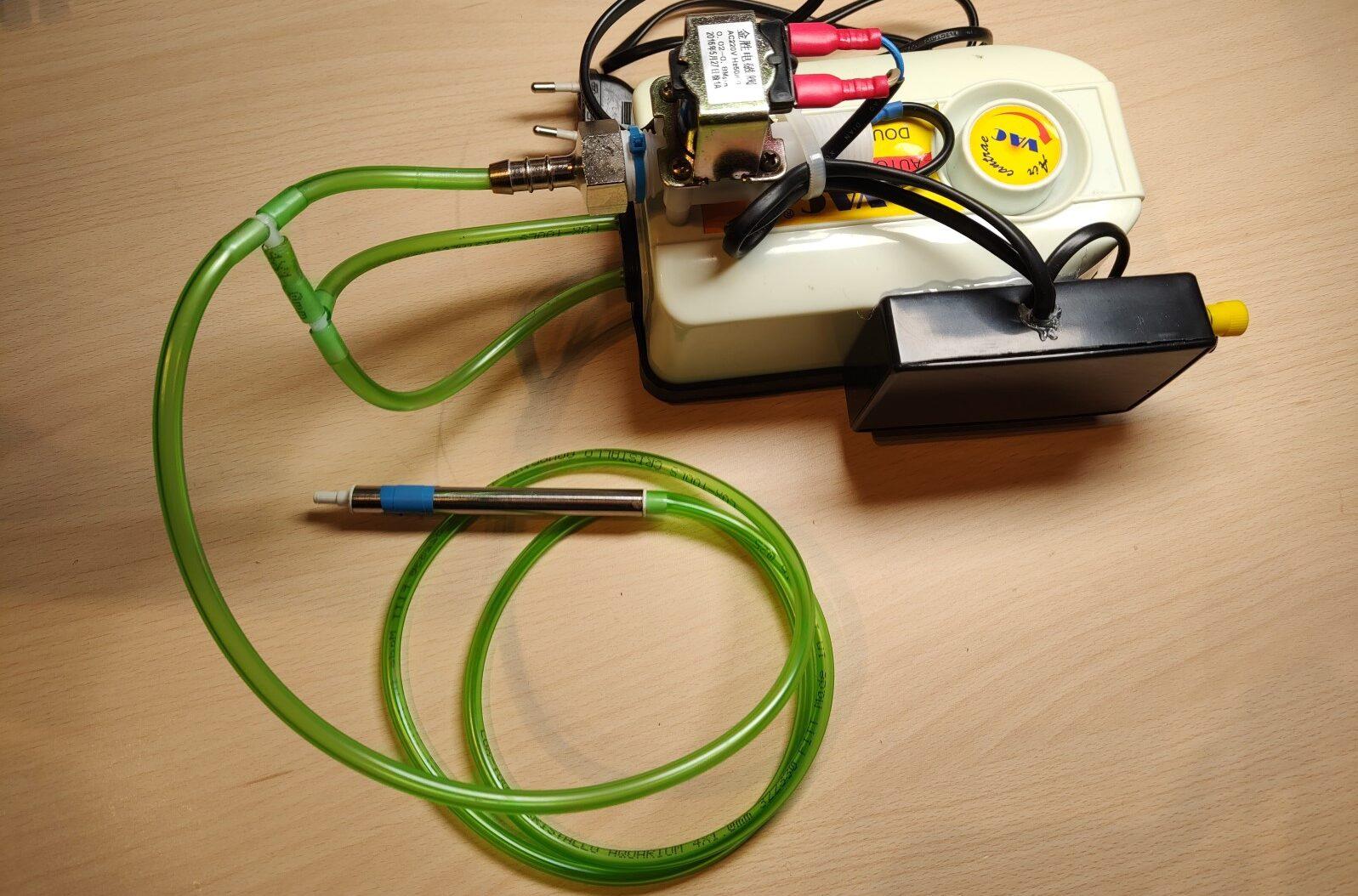Plasma Speaker
In this post, I’ll show you a plasma speaker I made many years ago in fact, over 13 years ago. I originally saw this on Instructables and thought it was really cool so I decided I would make one myself. Unlike a traditional speaker which moves air with a diaphragm, a plasma speaker makes sound by utilizing a high voltage electric arc to move air.
